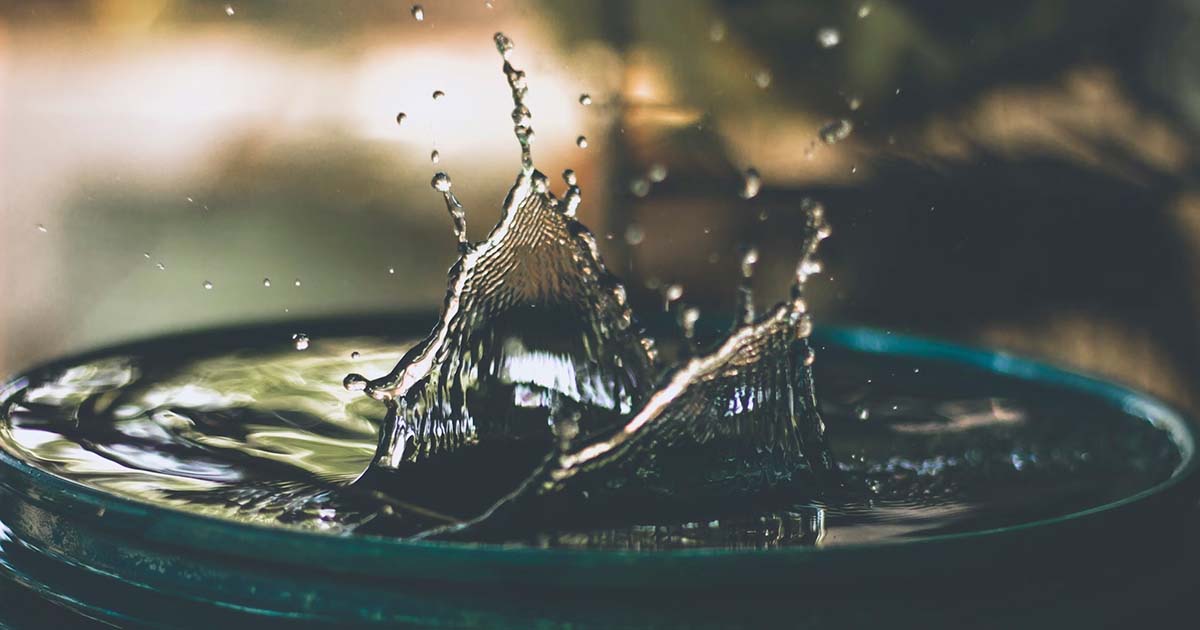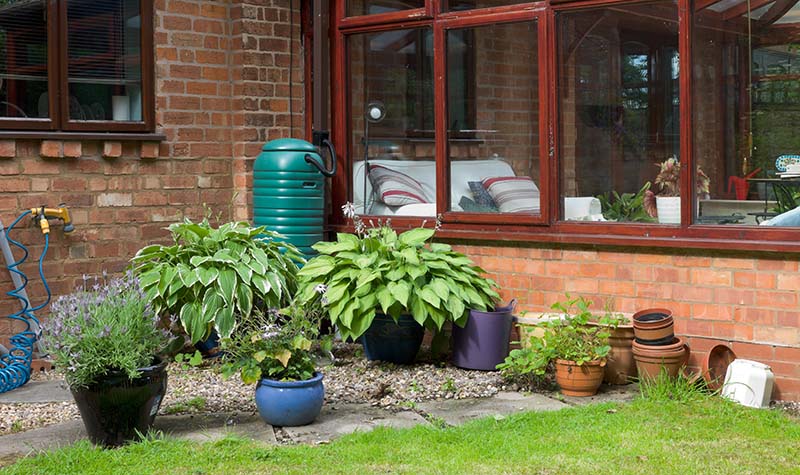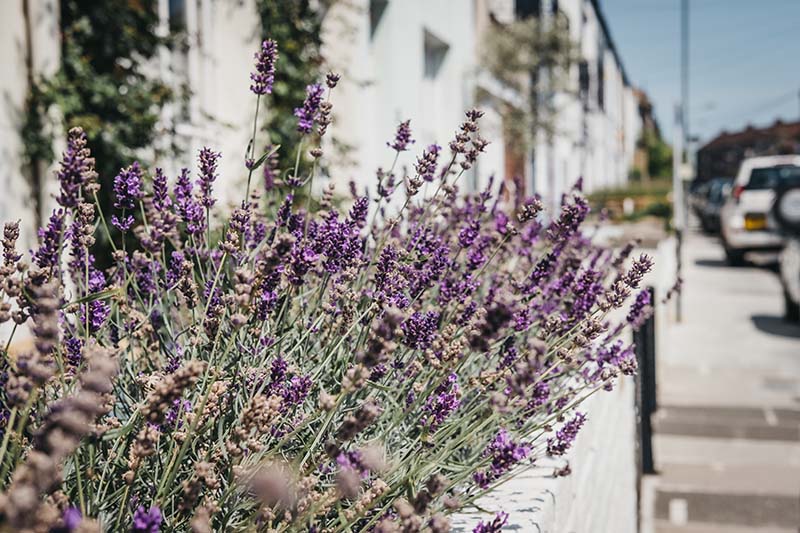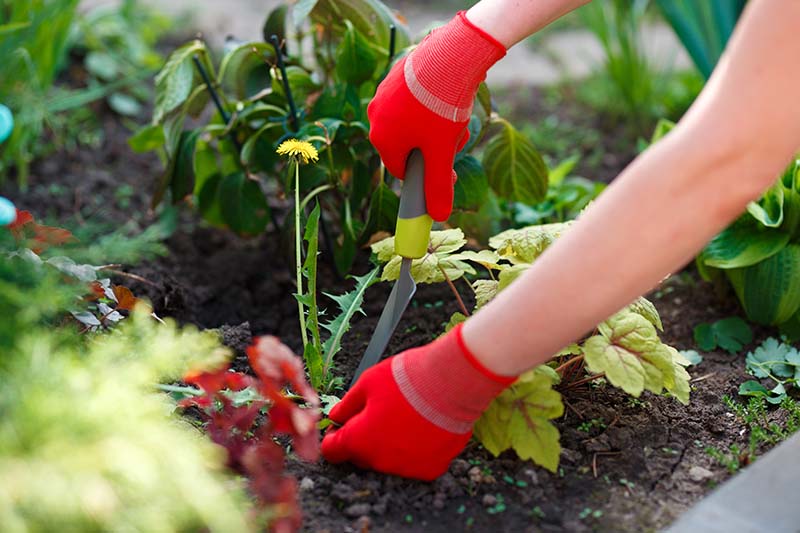How to Save Water in the Garden

With summers rapidly heating up, hosepipe bans are having an increasing impact on our gardens. Whether you keep a vegetable garden, flowerbeds, a lawn or a variety allotment, your outdoor spaces are bound to be feeling the effects of the heat. When water is in short supply and the bills are getting high, how do you keep your garden in good shape? Here are our garden water saving tips for those green-fingered gardeners who aren’t ready to leave their plants at the mercy of the sun and are looking for garden and allotment water collection ideas.
Collect and Reuse Grey Water & Rain Water
We use water every day - bathing, showering, washing up and drinking all consume litre after litre of household water, and it all goes down the drain afterwards. We’re not saying that’s a waste: after all, being clean and hydrated is an important way to stay healthy. But when it comes to plants, used water isn’t that different from fresh water as long as it’s not contaminated - they’re not connoisseurs!
Rainwater

The most obvious and easiest way to collect water is rainwater falling during periods of wet weather – which we have plenty of in the UK! Setting up a water butt to collect rainwater from roof gutters is a simple action and many local garden centres or retailers will have stock.
You can place a water butt in multiple locations around the boundary of your house where there’s a down pipe. They are a key feature in gardens of keen gardeners as it means they always have water access nearby during dry spells.
Bathwater
If you’re wondering how to save bath water for the garden, the answer is as simple as your household bucket or a hose trailing out of the window. Grey water is a great way to make sure that none of your household water is going to waste.
You should always make sure that it doesn’t contain bleach, bath salts or other chemicals harmful to the environment. Double check your body soap before you splash your bathwater onto your garden, to make sure that you don’t kill your plants by mistake!
Shower Water
Saving shower water for your garden is slightly more complicated than bathwater since your shower doesn’t come with a plug. You can solve the issue by redirecting the pipes to a water butt or simply blocking off the drainpipe and letting the shower base fill up. If you do this, make sure not to let it get high enough to flood your bathroom!
Washing Up Water
Do you wash up by hand? If you do, the chances are that you have a washing-up tub to catch the water. That makes it easy to take out and reuse the water when the dishes are clean! Prime opportunities for catching water at the kitchen sink are when you are washing fruit or veg, or light washing of say tea and coffee mugs or wine glasses.
However, you should always make sure to remove loose food from the tub - even if you do, be mindful that food waste and washing up water can carry bacteria after it’s used. Do not use oily and greasy water as it’s not good for plants and check your washing-up liquid brand to see if it is OK for using in the garden with wastewater.
Drier Water
If you have a tumble drier, the distilled condensed water it removes from your laundry is great for watering your plants with. When you’re doing your drying rounds, simply remove the water catcher, remove any lint and clothing material, and then tip it out onto any plants that are wanting - that’s called recycling!
Grow Resilient Plants

To keep your garden safe in the summer, you should be picky about the plants you choose to grow. Lavender, mimosa, verbena and palms all take less water than tropical plants such as hibiscus. With warmer summers coming in, you may be able to get away with plants that require hotter climates - just make sure you have a contingency plan for the winter!
Look After the Soil
Any gardener knows that soil can make or break your garden, and water retention is an important factor. Quality soil will retain water for longer, and you won’t have to water as much as a result. There are plenty of ways to increase the water retention quality of the soil in your garden or allotment, and all of them are good for your plants.
Spread Mulch on Top
Mulch made from mushroom compost, wood shavings, rotten manure, straw or even seaweed is great for the water retention of your soil. Spread it around the base of trees and plants to make a single watering last for much longer than usual. Mulch will also break down and release nutrients into the soil beneath, increasing the health and fertility of your garden. It’s also a great and sustainable way to keep your garden or allotment healthy.
Use Water Retaining Granules
In a similar fashion, water retaining granules, crystals or beads mixed into the soil can absorb water and release it into the surrounding soil when it starts to dry. This vastly reduces how often you’ll need to water your plants, especially if they have settled around the roots.
Keep Weeds Away

Weeds are water sinks! They suck up the water that your plants need to survive and can increase the amount of times your garden needs to be watered to stay healthy. Do your best to keep the weed numbers down, especially in summer when plants are heavily competing for resources.
Don’t Overwater It
It’s easy to overwater plants, especially when the soil consistency is changing rapidly. While it can be tempting to drench it with the hose and hope it revitalises, dry and cracked soil needs water to be reintroduced slowly. Overwatering - even in healthy soil - can lead to root rot, mud, and flooding, which can damage your garden plants. Besides, it uses up a lot more water than you may realise.
Avoid using sprinklers, as they can overwater plants easily: your garden will be healthier if you pay personal attention to watering. To see if your soil needs water, stick a space into the ground and check if it’s dry at the tip of the blade. If it is, then your plants could use a once-over. If it’s damp, you’re free to let them be.
Use Plastic or Glazed Pots
Saving water in your garden can be as simple as using plastic or glazed pots to grow your potted plants. Unglazed terracotta is porous and absorbs the water you give to your plants, taking it away from the roots and increasing the amount of water they need. Keep that in mind when shopping for planters!
Check out our blog for more tips about keeping your garden healthy, child-proofing your outdoor spaces, and making your green fingers eco-friendly!

